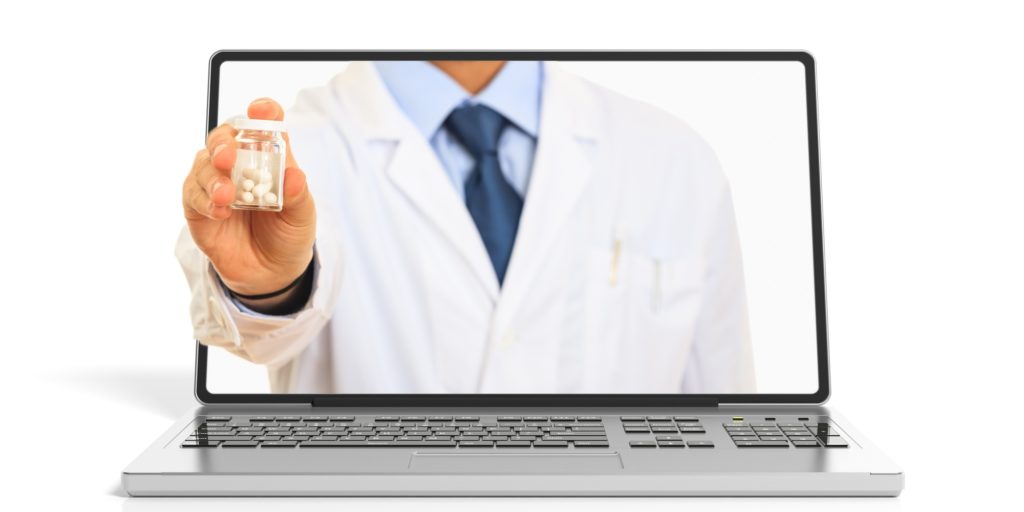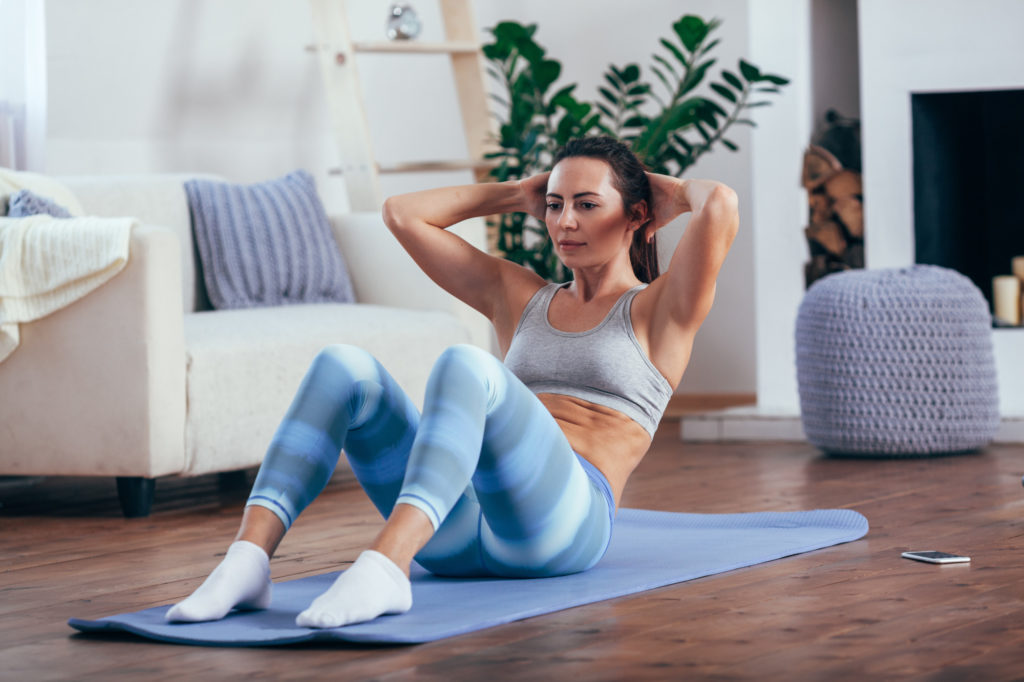Causes of a Sensitive Stomach and Which Foods You Should Avoid

If you have a sensitive stomach, you know how embarrassing and awkward it can be sometimes.
Maybe you never want to go to family or friendly functions. You're worried to eat new foods when you're not in the comfort of your own home. You may always need to know where a restroom is, making going out or taking long trips inconvenient and stressful.
You're not alone. Over 50 percent of American adults deal with some form of intestinal discomfort that they're choosing not to see a doctor for. But why live with the pain? A sensitive stomach can be managed and you may even be able to avoid certain symptoms altogether.
Keep reading to learn how to determine triggers for your sensitive stomach and how to avoid them (if not heal your stomach altogether).
What Causes a Sensitive Stomach?
Sensitive stomachs have many different causes that all require different types of treatment and symptom management. A sensitive stomach isn't a medical condition, it's a nonmedical description of a symptom: a stomach that's easily upset.
Sensitive stomachs can present in several ways. Sometimes a sensitive stomach is just uncomfortable. There may be bloating, gas, or mild pain. There may be acid reflux.
Other times, a sensitive stomach may result in vomiting or uncomfortable bowel issues. The first step to determining the cause of your sensitive stomach is determining how "extreme" it is.
Some people don't have an actual cause, their stomach is simply more sensitive than the average person's. They may even have a smaller stomach. For others, though, finding the cause is the first step towards healing. Here are a few common causes of stomach irritation.
Irritable Bowel Syndrome
Irritable bowel syndrome (or IBS) is a common cause for a chronically sensitive stomach. IBS is associated with chronic bowel pain, trapped gas, and changes in bowel movements.
Often, certain foods will trigger IBS, and finding those foods is a good way to prevent future flareups.
Chron's Disease
Chron's is a common inflammatory bowel disease that sometimes feels like a mild sensitive stomach at first.
Aside from a general sour stomach, it can cause cramps, fatigue, a loss of appetite, and changes to the bowel movements. This requires a doctor's intervention for pain and symptom management.
Celiac
Celiac is another condition that initially presents as a sour stomach. Celiac reacts to gluten, causing the intestines to become inflamed and painful.
Those with celiac will likely experience gas, pain, bloating, and diarrhea before seeking out a doctor.
Food Sensitivities
Sometimes a sour stomach can be brought on by foods that the body simply doesn't like. If it's a one-time event, it may be food poisoning. If it happens frequently, it's more likely to be a food sensitivity or intolerance.
This is one circumstance in which you're best off omitting foods until you find the culprit.
Managing a Sensitive Stomach
In the event that your sensitive stomach isn't from a disease that requires medical intervention, you still need to learn how to manage your symptoms.
Not everything is going to work for every stomach, so see how you feel as you try each at-home management technique until you find one that works for you.
Elimination Diet
There are a few ways to go about finding the foods that you can eat easily on a sensitive stomach. The best one for most people is working through an elimination diet.
An elimination diet will allow you to keep foods that you love while finding the foods that your body simply doesn't like.
You can do a full elimination diet, which is getting rid of anything that could possibly be an irritant and reintroducing things one by one until you've found the culprit.
You may also already have an idea of what the irritant is. Keep track of how you feel after certain foods and eliminate the ones that are triggering you.
Many people have issues digesting dairy, certain meats, spicy foods, and fatty foods without serious intestinal discomfort. Start with these and see if eliminating them gets rid of your problem.
Eat Smaller Portions
It may benefit you to simply shrink your portions when you're eating. Even if you don't feel full, smaller portions can help your body adjust to food more easily. If you worry about not getting enough calories, it can be helpful to eat several small meals throughout the day.
American portion sizes are quite large, so this may be an uncomfortable change at first.
Drink More Water
Water is helpful for almost every process that your body needs to carry out. When you don't drink enough, your digestion cannot work properly.
Staying hydrated with clear liquids that aren't diuretics can allow your digestive system to do its job. It will also help you feel full more quickly so that you don't accidentally overstuff your stomach.
Foods for a Sensitive Stomach
If you simply have a sensitive stomach without a known cause, switching to easily digested foods that are mild and easy on the stomach may provide some relief.
Low-fat dairy products will be good for those without dairy sensitivities. Otherwise, non-dairy or lactose-free alternatives can also be helpful. Vegetables and fruits that are cooked (not raw) can be easy on an upset stomach.
Starches, like rice and potatoes, can ease an irritated stomach, though they're not the healthiest choice.
Lean or low-fat proteins (like fish, white meat, and tofu) can be great swaps for high-fat proteins that are irritating.
Not every food will work for every person, but shifting your diet toward less irritating meals can provide relief.
You Don't Have to Live in Pain
Sensitive stomachs are irritating, but sensitivity and discomfort can be managed. If you've already tried at-home care for your chronic sensitive stomach, it may be time to seek out professional help.
Doctors can suggest medications or management techniques for more serious problems that could be causing your sensitivity.
For more posts about health management, or to look into affordable prescriptions for your condition, visit our site.
Works Cited
1. https://news.abbvie.com/news/new-survey-reveals-more-than-half-americans-are-living-with-gastrointestinal-symptoms-and-not-seeking-care-from-doctor.htm
2. https://www.pricepropharmacy.com/feel-better-soon-how-can-prescription-acid-reflux-medicine-help-you/
3. https://www.healthline.com/health/crohns-disease#symptoms
4. https://www.fammed.wisc.edu/files/webfm-uploads/documents/outreach/im/handout_elimination_diet_patient.pdf
5. https://www.pricepropharmacy.com/products/








